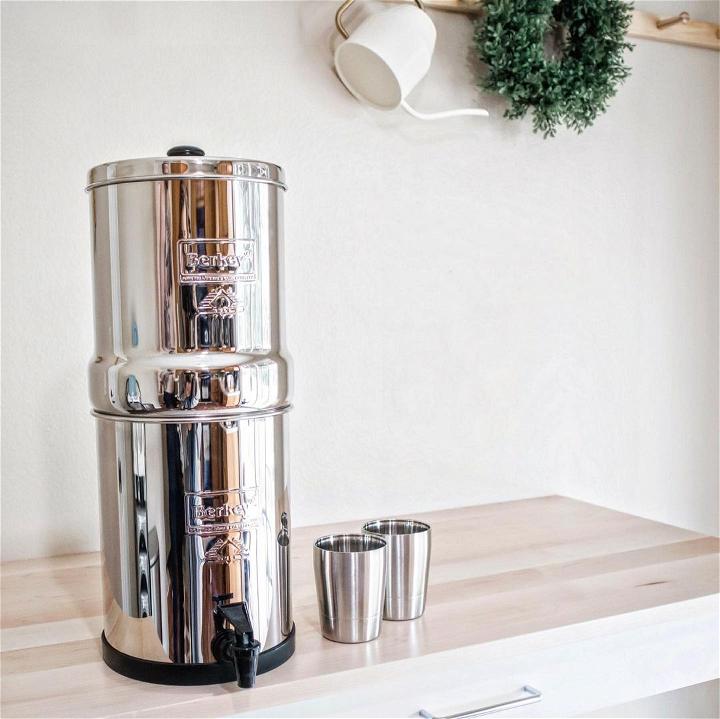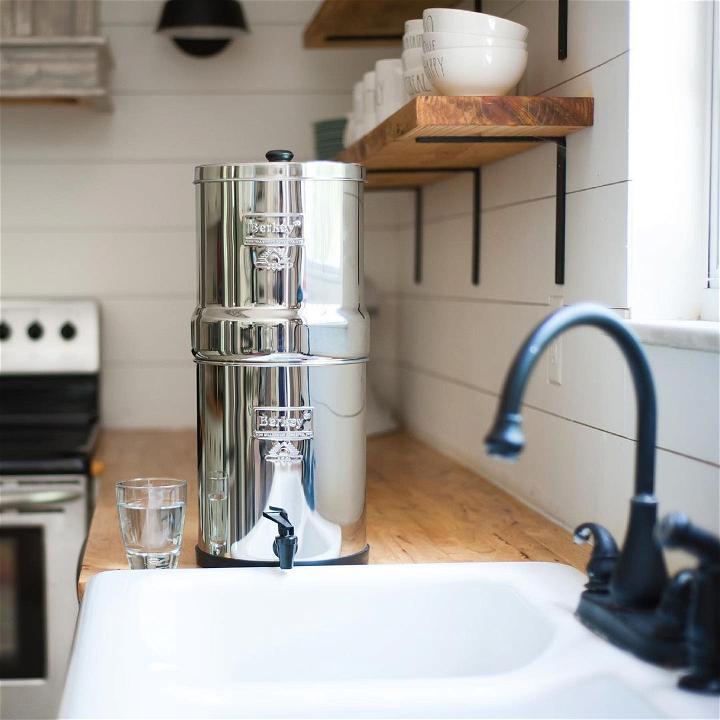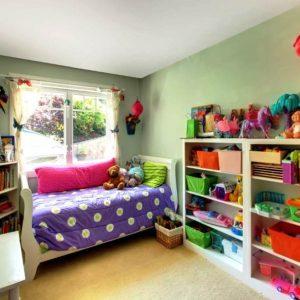The fact that water is available isn’t just enough; you need to be assured of its safety and quality for you to be confident that what is flowing into your home is good for your health and that of your animals and plants. Statistics show that 85 percent of households have access to contaminated and low-quality water and that millions are at risk of infections due to drinking unsafe water.
What’s more, billions of dollars go into waste due to repairs, replacements, and maintenance of water-based appliances, damaged plumbing, and increased cost of detergents and soap. The solution to these challenges lies in installing a functioning water filtration system in your home, like this filtration system here. While it seems simple to buy a water filter, there are steps that need to be followed and considerations to be looked at before buying a water filter for your home. This guide is designed to help you navigate the challenging task of buying a water filter that will guarantee you tasty, odor-free, and contaminant-free water for your home’s use.

Steps in Determining the Best Water Filter for Your Home
This guide gives detailed steps to follow in making the right decision about the type and size of your water filter.
Step 1: Know the Source and Quality of Your Water
Perhaps the question you must ask yourself is, “What contaminants do you want to filter out?” Does your water contain specific contaminants such as lead, magnesium, fluoride, or manganese that you want to eliminate? Or is it just the bad taste you want to deal with? If you are not quite sure about what you want to achieve, you may need to read the water quality report, especially if you are on a public water supply line.
Alternatively, you can check out your water situation in your area from the EPA Consumer Confidence Reports. You can also buy a test kit to test your water for contaminants or elect to take a sample of your water for testing at a certified laboratory. While DIY test kits may not provide the best results, they are definitely good options to start with.
Step 2: Know Your Water Needs
Not every home has the same water needs. The number of people living in your home will determine the amount of water in gallons that you will need to filter in a day. You need to know if you wish to filter all the water or water meant for some uses such as drinking and cooking only. This will allow you to know the estimated capacity you will need to filter to avoid overestimating or underestimating your water needs and water filter to buy.
Step 3: Make a Decision
Now that you have established the need to filter your water and the amount of water you need for each day, the next step is to decide which type and brand of water filter you need to meet your specified needs. Remember the filter type chosen should be such that it has not only the capacity to filter water but also effective in removing the contaminants and any unwanted compounds from your water.
Filtering Your Choices
You need to consider several types and brands before filtering out the best system that will suit your needs. Your choice of the type or brand will largely be based on the following considerations: budget, water consumption, ease of installation and maintenance, and the capacity of water your home needs.
Types of Water Filtration Technologies
Various technologies exist for your selection and while each option has a unique mode of operation, the ultimate decision on which one to choose should be guided by the effectiveness of the system. In addition, each filtering method has its own strengths and weaknesses and degree of effectiveness.

Activated Carbon
Activated carbon is used to eliminate any carbon-related contaminants. It is designed to attract impurities and cause them to adhere to the surface in a process called adsorption. A good number of carbon filters will filter a majority of contaminants, including VOCs, radon, chlorine, and helping to improve the smell and taste of water. However, it is not the best at removing inorganic compounds such as heavy metals, arsenic, fluoride, and chromium-6. You can choose carbon block filters or granular-activated carbon (GAC) with the former being more effective because of its larger surface area. Remember that carbon filters collect contaminants and get saturated with time thus should be replaced regularly.
Reverse Osmosis Water Filter
Water is forced through a semipermeable membrane with the help of pressure before it is pushed through the filters. This method is effective in removing a large number of contaminants, including dissolved solids. The downside of these systems is that the slow speed, and waste of water. In addition, they need to be sanitized periodically and replace with the membrane as per the maker’s recommendations to ensure efficiency.
Undersink Water Filter
They are known to have a high filtering capacity and saving space since they are installed beneath the sinks instead of wasting space on the countertops. However, the installation will require a professional hand because of possible plumbing modifications that may be required.
Water Distiller
It resembles a coffee maker. It is installed on top of the counter and operates off the power. It features two containers namely the boiling container and the collection bottle. All you need to do is pour tap water into the boiling container and position it into the unit and leave the rest to be done by the machine. Depending on the model and brand, the filtration process by a water distiller can be too low. For instance, it can take up to 6 hours to distill just one gallon of water. Clearly, these systems may not be appropriate for large households because of their low filtration capacity. It is extremely effective in removing a good number of VOCs, including minerals, something that many people do not like. You can help this by adding a small amount of salt or liquid minerals after distilling the water.
Conclusion
The process of choosing the right water filter can be tricky, especially if you do not know where to start. Fortunately, the above guide has provided a roadmap to making such a decision that will avoid regrets. However, you might want an expert to help you get it right when selecting either a whole house water filter or a point of use water filter for your home. You may use the above systems as stand-alone systems or combine two or more of these technologies depending on your goals.




